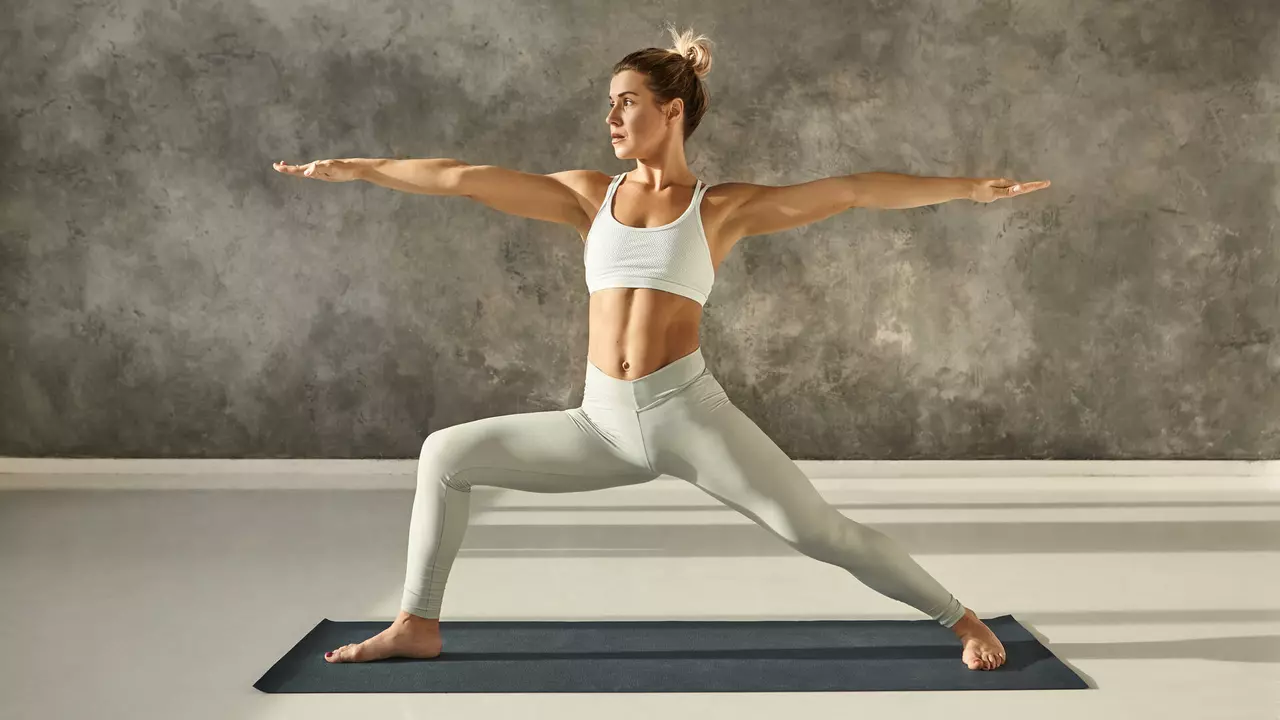The Origins and Philosophy of Astana Yoga
As I write to you today, my bearded dragon, Spike, sunbathes under his heat lamp, and Fletcher, my precocious feline friend, naps lazily on my keyboard - their zen-like tranquility, reminding me of the calmness that yoga brings. You know, there's an absolute sea of yoga styles and substyles swirling around out there. Every style has its unique benefits and philosophies, but there's one that stands out, one that seems shrouded in just a touch of mystery: Astana yoga.
Astana yoga isn't a new-fangled style conjured in recent years. It's not a product of trendy yoga evolution but a style rooted deeply in ancient Hindu tradition. Its name originates from Sanskrit, with 'ast' meaning 'eight' and 'ana' denoting 'parts or stages.' Astana endorses a journey of eight stages or limbs that begin from ethical practices and lead to an enlightened state of consciousness.
This path might seem arcane or esoteric, but it's beautiful in its simplicity. An Astana yogi commits to a lifestyle rather than an exercise regimen, nurturing emotional, physical, and spiritual health. It's as much about meditation and ethics as it is about physical postures. But before I prattle like a sage on a mountain top, let's dive deeper into this faceted jewel called Astana yoga, shall we?
Unfolding the Eight Limbs of Astana Yoga
Like a multi-layered onion, Astana yoga has numerous layers that unfurl as one advances along its well-trodden path. Each limb or stage is crucial, complementing and leading into the next. These range from Yama and Niyama, Asana, Pranayama, Pratyahara, Dharana, Dhyana, to the holy grail - Samadhi.
Yama and Niyama are ethical and moral guidelines, the 'do's and 'don't's that script our interactions with ourself and others. Yamas preach non-violence, truthfulness, non-stealing, continence, and greedlessness. Niyamas underscore cleanliness, contentment, spiritual austerity, study of sacred scriptures, and surrender to God. It's like a moral compass to navigate the tumultuous sea of life. I'd like to think I've learned a bit about non-violence, especially with a cheeky cat like Fletcher who's always up to some mischief.
Next up is Asana, the physical postures that most people associate yoga with. But in Astana yoga, Asanas are not just about twisting your body into pretzel-like shapes, but about finding comfort and steadiness in each posture. While your neighbor might effortlessly do a handstand, you should focus on achieving mutual respect and understanding between your body and mind. Fletcher seems to understand this with his innate ability to find comfort in any position, be it hanging off a chair or curled up in a tight box.
Pranayama involves mastering the art of breath control. Breathing plays a vital role in our life, and Astana yoga recognises this, incorporating controlled breathing exercises into practices. It's about gathering your life-force, being present in the moment through your breath. It's not unusual for me to practice Pranayama on the beach here in Adelaide, with the gentle rhythm of the waves as my soothing background score.
The Path Ahead: Pratyahara to Samadhi
Pratyahara, the fifth stage marks the transition from the external to the internal. This limb is about withdrawal from the sensory world and going inward. It's where you begin to disconnect from the chaos and distractions and focus inwardly. Astana Yoga places great emphasis on this stage, training one's mind to unplug from the constant sensory bombardment. Your senses, instead of leading you on a wild goose chase, become calm seas at sunset. Mind you, this doesn't mean completely cutting yourself off from the outside world. I know this firsthand as Spike and Fletcher keep reminding me of the world beyond my mental cocoon.
Moving past Pratyahara, we encounter Dharana, or Concentration. Think of Dharana as gently tethering your mind to one focus point. It's like a hummingbird hovering over a blooming flower, undeterred by the hustle and bustle of the outside world. This limb assists in achieving an unwavering focus, the precursor to effective meditation.
Building upon Dharana, Dhyana, or Meditation, involves focus without interruption, entering a state of 'flow.' Here, the individual, the object of focus, and the process of focusing, merge into one harmonious dance—a flow where there's no room for disruptive thoughts. This heightened state of consciousness leads us to the final limb of Astana—Samadhi.
In Samadhi, all the efforts of previous limbs coalesce into a state of divine bliss, where the Yogi feels a union with the divine, the ultimate state of self-realization. Admittedly, this is a challenging aspect for me to wrap my own mind around. But don't worry, reaching Samadhi isn't a prerequisite to benefit from Astana yoga. Every step in Astana is a step towards holistic well-being.
Embracing Astana Yoga in Your Daily Life
There's no shroud of mystery around practicing Astana yoga in our daily lives. It starts small—forgiving a wrong, practicing truthfulness, or simply offering a smile or kind word to a stranger. I'd like to tell you a story, right in my garden a couple of years ago, I caught Fletcher prowling around Spike's terrarium. After playing referee to their sparring match, I mused on how I could learn from this. Fletcher, the ever-curious explorer, was practicing Asana, remaining unperturbed by Spike's icy glare. Spike, was a statue of Pratyahara, undisturbed by the world beyond his glass pane. They were each in their zone, perfectly content, unrattled, and at peace—Astana, in a nutshell.
So, there you have it, the enigma of Astana yoga unfolded. It’s not some cryptic branch of yoga but a holistic approach that can be woven into everyday life. It’s about treating others with empathy, maintaining a flexible and healthy body, mastering breath control, honing focus, and embracing peace amidst life’s chaos. It's a pathway to holistic well-being, guiding us towards reaching our truest potential. Remember, the journey is as important, if not more than the destination—so let's get that Astana vibe going!
